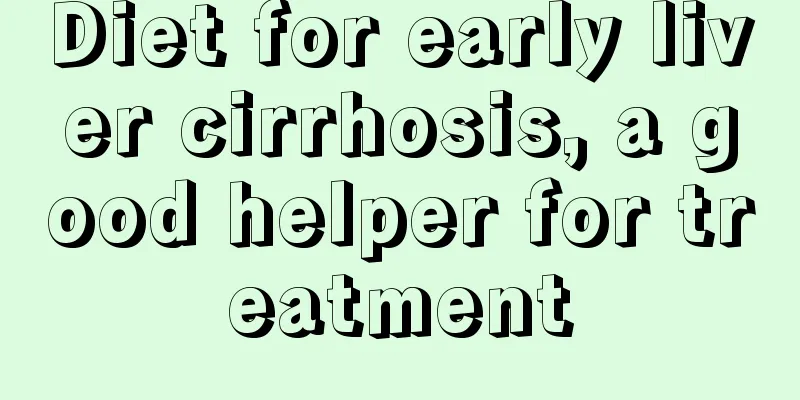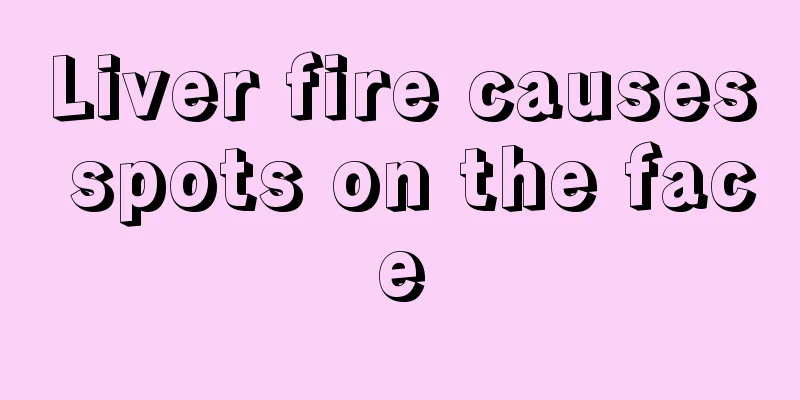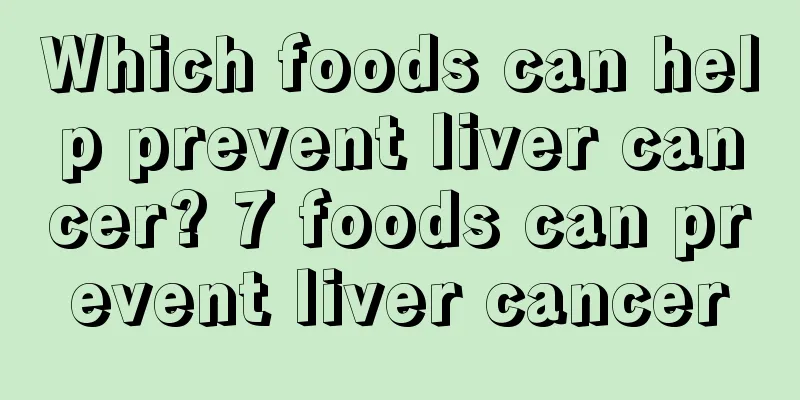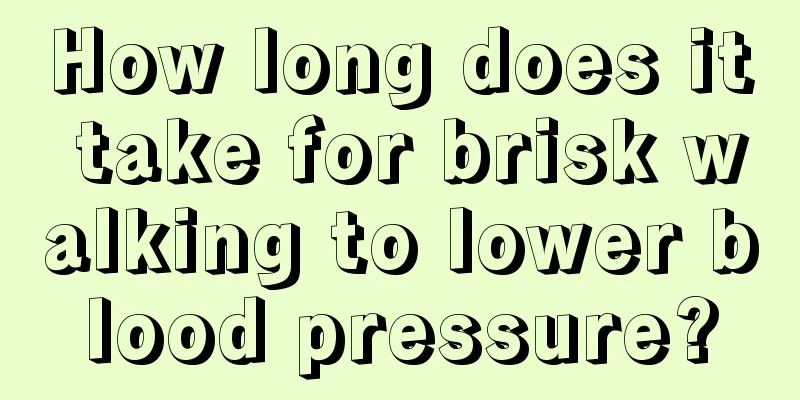Diet for early liver cirrhosis, a good helper for treatment

|
If people find that they have liver cirrhosis in the early stage, they don't need to panic. If they are stressed, the condition will not get better but worse. We should face it with a normal mentality. If we pay attention to diet after having early liver cirrhosis, and add drug treatment, there will be no problem at all. What should we pay attention to in diet for early liver cirrhosis? A low-fat, high-protein, high-vitamin and easy-to-digest diet is recommended. It should be eaten regularly, quantitatively and in moderation. In the early stage, you can eat more soy products, fruits, fresh vegetables, and eat sugars, eggs, fish and lean meat appropriately. When liver function is significantly reduced and there are signs of hepatic coma, protein intake should be properly controlled, and a low-salt diet or a salt-free diet is recommended. The daily salt intake should not exceed 1 to 1.5 grams, and the amount of water should be within 2000 ml. In case of severe ascites, the salt intake should be controlled within 500 mg and the water intake within 1000 ml. Spicy and stimulating foods and hard, raw and cold foods should be avoided, and overheated foods should not be eaten to prevent complications of bleeding. The diet should be diversified, with good color, flavor, fragrance, softness, taste and easy digestion. Patients with cirrhosis generally have decreased digestive function and poor appetite, so pay attention to changes in the diet, choose some of the patient's favorite foods, and pay attention to cooking to increase the patient's appetite. There must be enough calories. Adequate calories can reduce protein consumption, reduce the burden on the liver, and promote the synthesis of tissue protein. The most appropriate daily food calorie intake for patients with cirrhosis is 2500-2800 kcal. Based on body weight, about 35-40 kcal of calories are needed per kilogram of body weight per day. Food should be soft and not rough. You should avoid eating foods with thorns and bones, as well as foods containing rough fiber such as celery, leeks, old cabbage, and bean sprouts. You should also avoid eating hard, crispy dry foods to prevent injuring the esophagus and causing rupture and bleeding. Patients with esophageal varices should be given liquid diet, such as vegetable puree, minced meat, and soft rice. They should fast when there is upper gastrointestinal bleeding. |
>>: Why does the left side of my neck hurt? The infection is the most serious
Recommend
Can red wine prevent ovarian cancer?
With the popularization of medical knowledge, mor...
How to use rose essential oil
After rose essential oil was called essential oil...
How to effectively prevent colon cancer
How can we prevent colon cancer in our daily life...
What are the symptoms and dangers of hyperlipidemia?
As people's living standards improve, meat an...
What should I do if my shoulders get cold during confinement?
After giving birth, women's bodies are very w...
How to prevent osteosarcoma in the elderly
Osteosarcoma is generally more common in teenager...
What happens if I wet the bed after drinking too much?
With the increase of life and work pressure, many...
Symptoms of mild degenerative changes in the lumbar spine
There are mild degenerative changes in the lumbar...
Exercises to train shoulder muscles
Muscles are tissues beneath the surface of the hu...
My calves and arms feel sore after drinking
Alcohol is a very common drink, and in our countr...
Can colon cancer be treated?
Can early-stage colorectal cancer be cured? I bel...
Is breast cancer metastasis to one lymph node considered spread?
Is breast cancer metastasis considered spread if ...
How to provide psychological care for lung cancer patients? There are three methods for psychological care of lung cancer patients
For people with lung cancer, psychology is a very...
How to whiten your arms quickly
In summer, many female friends don’t like going o...
Can correction belts improve leg shape?
If the legs are not straight, it will not only af...









